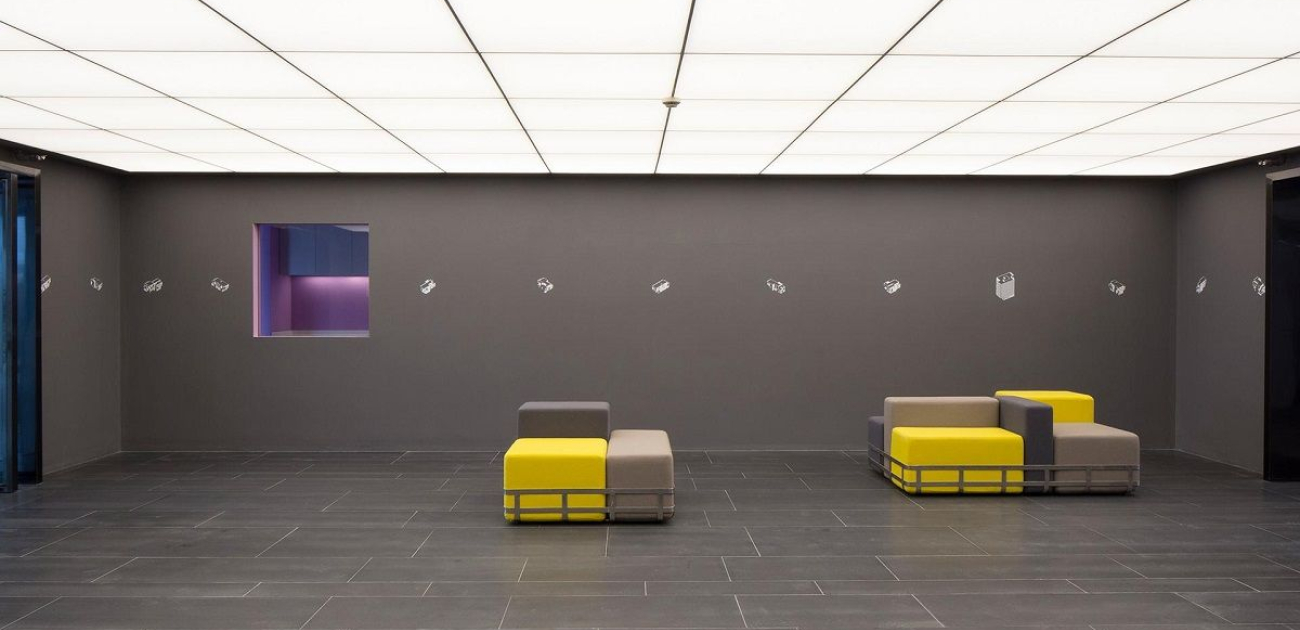Down But Not Out: Using Showrooms to Revamp Brick and Mortar Retail
Recent trends such as pop-ups suggest that consumers and retailers alike are not prepared to give up on brick and mortar stores, but that they are looking for more creative alternatives to the traditional arrangement. Clothing retailers have begun exploring use of showroom-style spaces to revitalize and reframe the shopping experience.
Showroom retail can help online consumers overcome the final moment of hesitation that prevents them from clicking the ominous “confirm purchase” button. By providing spaces where customers can sample sizes, fabrics and colors, a retailer can convert online browsers to online purchasers.
Bonobos, a company that specializes in men’s apparel, opened their initial retail space in a showroom style, called a “Guideshop.” In these Guideshops, clothing is available to see, feel and try on; however, nothing can be purchased from the actual location. Instead, customers place their orders from the Guideshop and the purchased items are delivered to their homes. Once a customer is familiar with a brand’s merchandise, it allows that customer to then confidently and repeatedly order online with no apprehension as to fit or quality.
A showroom also allows the retailer to place the full spectrum of its offering at the customer’s disposal. Since orders are fulfilled offsite, a showroom retailer only needs to stock one of each color, size and style. Conversely, a traditional retailer needs to allocate its space to stocking multiples of popular size/style combinations while often offering none of those that are less popular, which limits the traditional retailer’s ability to market its entire line.
Showrooms can also allow a retailer to create a space that is less a traditional store and more a unique #experience. This distinction in and of itself can create a curiosity and a draw that might not otherwise exist.
MM.LaFleur is an online retailer that caters to working women by offering a combination of luxury and convenience. MM.LaFleur has no traditional retail stores, but rather showrooms where customers work one-on-one with stylists to select, try-on and ultimately order pieces from the collection. Because a showroom does not need to have the floor fully stocked with inventory and bulky retail fixtures, a brand has more freedom to curate a space that speaks to its customers and its image on a more personal level. At MM.LaFleur, for example, customers sit on couches and are served champagne in what looks like a design studio/living room hybrid while they work with their stylists to select the items they would like to try-on and hopefully purchase. This is a far cry from the more functional, often hectic retail experience that can sometimes feel like chore.
The popularity of online shopping suggests that many customers are willing to give up the instant gratification that brick and mortar retail stores offer; however, retailers can nevertheless capitalize on the less obvious benefits and potential of brick and mortar retail spaces. Retailers opting for a showroom experience that offers a personalized, luxurious escape may be one such benefit.
The showroom trend can also have benefits for retail landlords, who may be able to utilize their spaces in more creative ways. For example, a large, traditional retail storefront could be split into two spaces, each catering to a different type of tenant. A showroom tenant may be looking for a storefront with natural light, but would not need an abundance of space in the back room for stocked inventory – a “retail-light” space. This same showroom tenant may also want a prime location to allow the space to serve as an interactive marketing tool. On the other hand, a different showroom tenant may be more likely to trade location for cheaper rent, as many of its customers would be actively searching them out, as opposed to randomly popping in while window shopping. In either case, a retail landlord could potentially carve up a retail space and market the rear portion of the premises to a tenant who does not care about street visibility or presentation, but needs a space for storage, office work, etc.
Most conversations about online v. brick and mortar retail pit the two against each other, but creative uses like the showroom trend suggest there are possibilities for mutually beneficial relationships between the two.
Do you want more information?
 Casey Milianta
Casey MiliantaCasey Milianta is a real estate attorney who focuses her practice on a variety of commercial real estate transactions including acquisitions, dispositions, leasing and financing.

